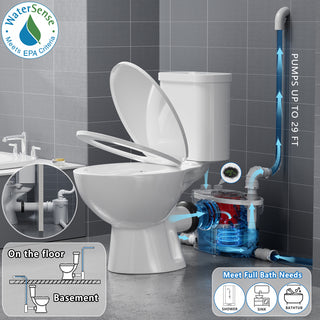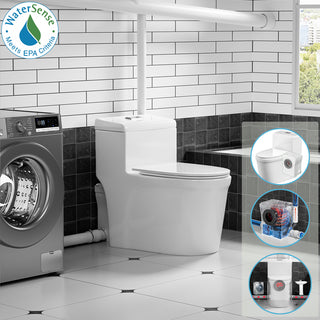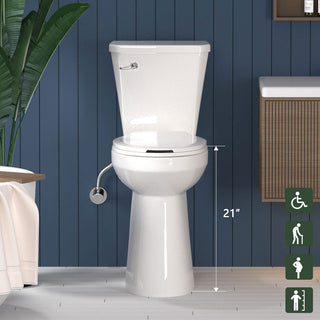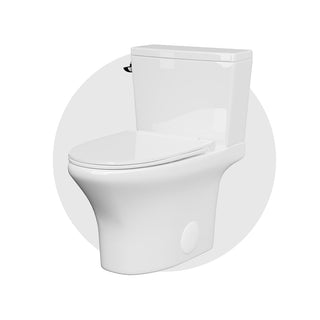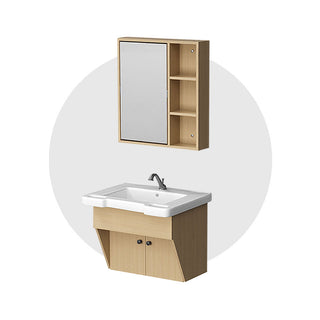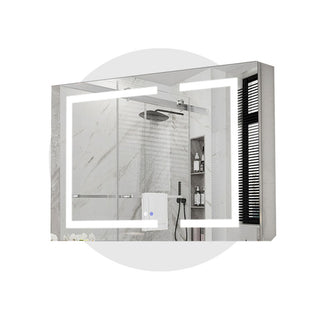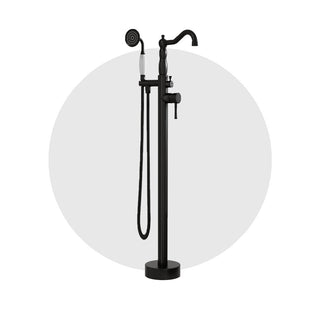If you're installing a bathroom in a basement or far from the main drain, an upflush toilet system is often the go-to solution. But a common concern remains: do upflush toilets need to be vented? The short answer is yes, in most cases. Let’s look at why venting is important—and how modern systems simplify the process.
Understanding Upflush Toilets
Upflush toilets, also known as macerator toilets, use a built-in pump and cutting mechanism to move waste to the main drain line. This makes them ideal for spaces below sewer grade or where conventional plumbing is difficult.
Because these systems push waste rather than relying on gravity, the rules around venting are different—but no less important.
Why Do Upflush Toilets Need Venting?
Even though upflush systems are self-contained, venting still plays a critical role in performance and compliance. Here's why:
✅ Stabilizing internal air pressure prevents issues during flushing.
✅ Avoiding negative pressure helps maintain trap seals and ensures proper drainage.
✅ Meeting plumbing codes is necessary for legal and safe installation.
So whether you're asking, “Does a macerator toilet need a vent?” or “Does a basement toilet need to be vented?”, the answer in both cases is usually yes.
Modern Venting Solutions for Upflush Toilets
While traditional upflush toilet systems generally require proper venting to ensure efficient operation, many modern upgraded systems have simplified this need with innovative designs. These advancements focus on two key aspects:
- Built-in Venting Structures: Many modern upflush toilets incorporate integrated venting systems that manage airflow internally, eliminating the need for additional vent pipe connections or complex structural modifications.
- Activated Charcoal Odor Filters: Some systems include built-in carbon filters that manage odors effectively without requiring a full vent stack, ideal for tight spaces or ventless applications.
Thanks to these thoughtful designs, common problems caused by poor venting—such as inefficient flushing, slow drainage, motor strain from back pressure, unpleasant odors, and noisy gurgling—can be effectively avoided.
Simple Project embodies this advanced design by featuring an internal venting system that controls airflow without the need for external vent pipes. It also includes carbon filter to eliminate odors in fully ventless setups. For users who prefer or require traditional venting, vent port options remain available. This versatility makes Simple Project ideal for basements or renovation projects with limited vent access, while still allowing easy connection to standard vent pipes if needed.
Quick install tips:
- Use a vent pipe slightly larger than the port for smoother airflow
- Keep runs short and limit sharp bends
- Vent outdoors or tie into a main stack
Final Takeaway
So, do upflush toilets need to be vented? In most cases, yes—whether through a pipe or filter. And if you’re also wondering “Does a macerator toilet need a vent?” or “Does a basement toilet need to be vented?”, the same principles apply.
Check your local plumbing codes, follow manufacturer guidelines, and when in doubt, talk to a pro. With modern options like the Simple Project system, venting is no longer a barrier to smart bathroom upgrades.


